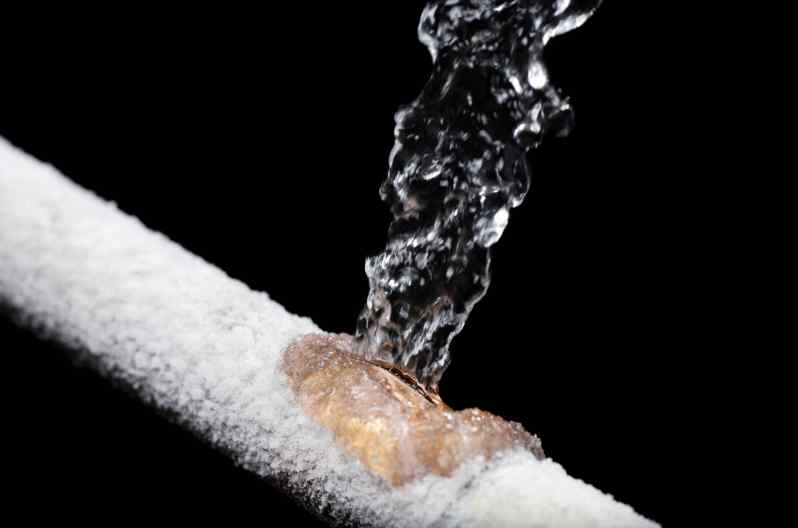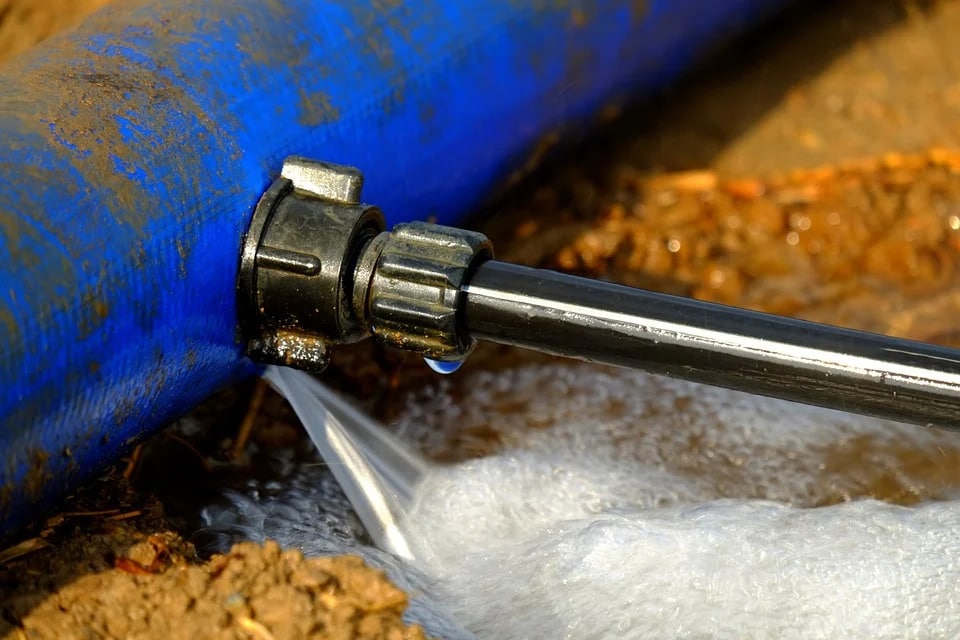Spotting a Pipe Burst and Quickly Restoring It Efficiently
Spotting a Pipe Burst and Quickly Restoring It Efficiently
Blog Article
We've encountered this great article on How to Prepare for Your Dishwasher Installation below on the net and figured it made sense to share it with you on my blog.

A burst pipeline is a significant emergency; you can only stand as you enjoy water you pay very much to rejoin with the earth. In worse situations, you discover a swimming pool on your kitchen area floor, which is a terrific trip hazard, specifically if you have children around. If the pipeline that burst was in your wall surfaces, bad news: you may need to paint that entire section.
Just how can a tragedy like a burst pipeline be prevented and also handled? Well, by paying attention to your professional emergency plumbers and following these policies.
How do I recognize when my pipes have burst?
Changing water stress
Pipes do not simply burst in a day. You may have discovered that your kitchen tap or shower doesn't run immediately when you turn the faucet. It may pause for a few seconds and then blast you with more pressure than usual.
In other circumstances, the water might appear typical in the beginning, after that drop in pressure after a few secs.
Infected water
Many individuals presume a burst pipeline is a one-way outlet. Rather the contrary. As water drains of the hole or gouge in your plumbing system, pollutants find their way in.
Your water might be infected from the source, so if you can, inspect if your water tank has any kind of troubles. However, if your alcohol consumption water is provided and cleansed by the local government, you must call your plumber right away if you see or scent anything funny in your water.
Puddles under pipes and also sinks
When a pipeline ruptureds, the outflow forms a pool. It might appear that the pool is growing in size, and also regardless of how many times you mop the puddle, in a few minutes, there's an additional one waiting to be cleaned up. Often, you may not have the ability to map the pool to any noticeable pipelines. This is an indication to call an expert plumber.
Wet wall surfaces as well as water stains
Before a pipe ruptureds, it will leak, a lot of times. If this relentless dripping goes undetected, the leak might finish into a vast gouge in your pipe. One easy method to prevent this emergency is to look out for damp walls advertisement water spots. These water discolorations will lead you right to the leakage.
Untraceable dripping noises
Pipeline bursts can take place in one of the most unpleasant locations, like within concrete, inside wall surfaces, or under sinks. When your home goes quiet, you might be able to hear an annoyingly relentless leaking noise. Also after you have actually checked your shower head and also kitchen area tap, the leaking may continue.
Beloved visitor, the trickling may be coming from a pipe inside your walls. There isn't much you can do about that, other than inform a professional plumber.
Turn up the Warm
Establish fans to blow warm right into chilly areas. Maintain the garage door closed. If you have actually lowered water circulation, heat the most vulnerable pipes (generally in basements as well as crawl spaces or near exterior wall surfaces) with a hair clothes dryer. Leave the tap on while you apply warm. As you melt ice, the flow will raise. To prevent pipes from cold, insulate your walls.
Begin Getting Rid of the Water
Get the wipe, pails as well as a store vacuum to start to do away with the water due to the fact that you certainly don't desire it saturating right into everything else in your house. And also, a quick clean up will minimize the opportunities of something obtaining musty.
What do I do when I spot a burst pipe?
Your water meter will certainly continue to run even while your water wastes. To reduce your losses, discover the major controls and turn the supply off. The water mains are an above-ground framework beside your building.
How to Fix & Detect a Leaking Pipe
How Do I Know if a Pipe is Leaking?
Leak detection tests can help you determine if your pipe has a leak. Even if you don’t see an apparent leak, you should still conduct leak detection tests regularly to save water and money—and prevent major damage to your home.
Water meter. It can be helpful to figure out what your usual water meter usage numbers are and then monitor them regularly. To monitor your meter, first, turn off all water faucets in your home. Check the meter and write down the numbers. In a few hours, check the meter again. If the numbers have changed, you have a leak. Water gauge. Use a water gauge to test your water pressure. Your showerhead should produce a certain amount of water pressure based on its model and design. If the pressure is lower than it is supposed to be for that specific showerhead, your home likely has a leak. Puddles. Look inside your bathroom, laundry, and kitchen sink cabinets. Puddles around the cabinets or around toilets, tubs, showers, and washing machines indicate the presence of a leaking pipe. You may also notice loose tiles, peeling or flaking paint, or mold caused by water accumulation. Napkin test. Even if you don’t see any puddles, you may still have a leak. You can test for water leaks in the bathroom, laundry, and kitchen by wiping below-sink connections with a napkin, paper towel, or piece of toilet paper. If it becomes damp, you probably have a leaking pipe under the sink. Discolored walls. Walls that are discolored—usually with brown or yellow stains—or bulging might mean that they have been impacted by water damage caused by a leaking pipe. Smell. A leaky pipe will create sitting water, and over time, that water may develop a musty smell. If your home smells musty, but you can’t locate the source, it may be due to a leak. Steps for Fixing a Leaking Pipe
A leaky drain can be remedied by tightening the pipe base, replacing the drain seal, caulking the rim, and tightening the pipe nut. Similarly, a leaking toilet pipe can be treated by tightening the packing nut. You may also need to replace the valve. A leaky faucet may just need tightening or replacement of the washers. If that doesn’t work, consider replacing your faucet. If your pipe has a hole in it, you may want to use a pipe leak sealer or pipe leak tape. This quick fix for water pipe leaks can also temporarily fix a copper pipe leak. https://www.ahs.com/home-matters/quick-tips/how-to-tell-if-pipes-are-leaking/

I hope you enjoyed reading our excerpt about How to Prepare for Your Dishwasher Installation. Thanks a ton for finding the time to read through our posting. So long as you enjoyed reading our page please do not forget to share it. We treasure reading our article about What to Know Before Installing a Dishwasher.
Emergency? We're here! Report this page